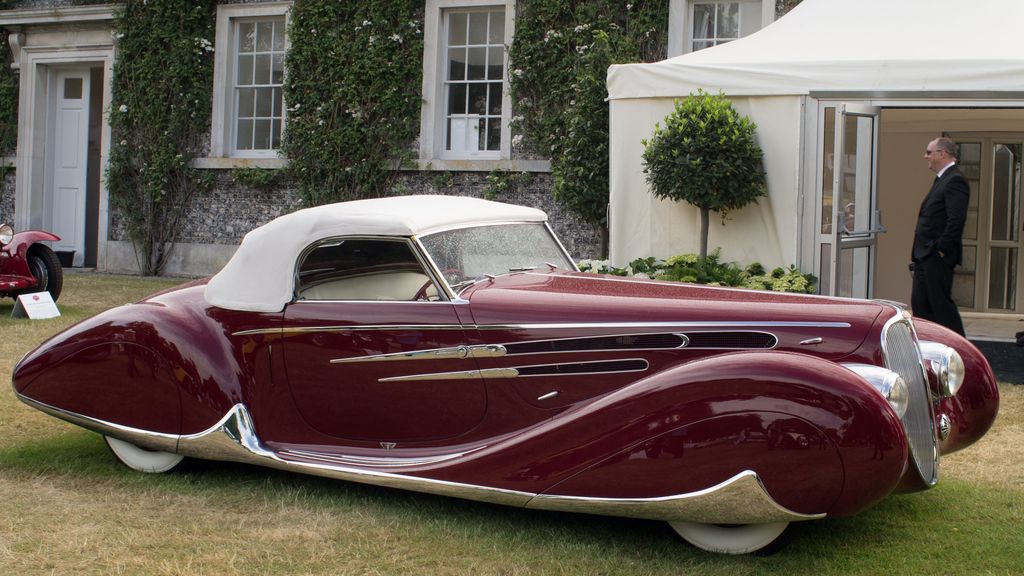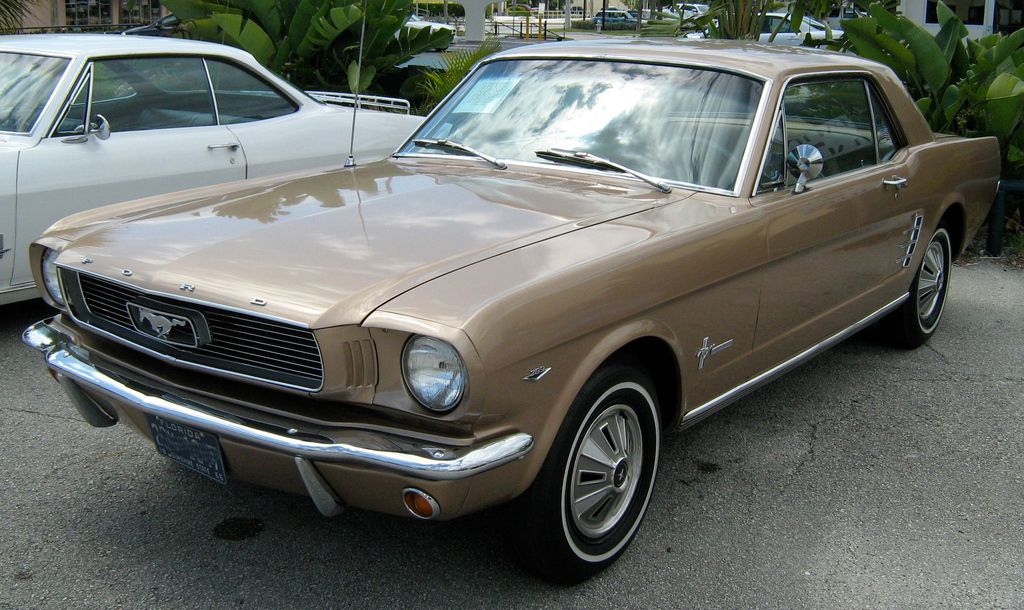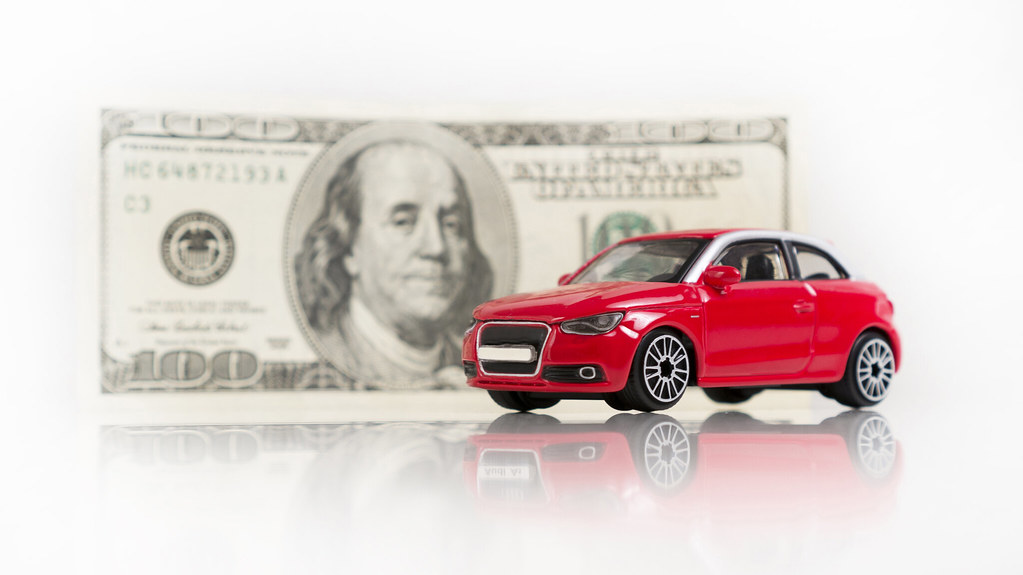
The allure of modifying your car is, without a doubt, a powerful one for any automotive enthusiast. From the subtle tweaks to the dramatic overhauls, the options for customizing your ride seem truly limitless. In the days before the internet brought the world to our fingertips, finding parts meant scouring a brick-and-mortar speed shop or leafing through a J.C. Whitney catalog. Even then, it was easy enough to sink hard-earned cash into upgrades that offered little to no real value.
Today, with the vast marketplaces of Amazon, eBay, and countless online forums, the sheer volume of aftermarket parts available can be overwhelming. While there’s a genuine satisfaction in making an upgrade that truly adds value—like a well-engineered engine boost for more horsepower or a retro-styled Bluetooth stereo for modern convenience in a classic car—the landscape is also rife with modifications that are frankly a complete waste of time and money.
It’s crucial to remember that car manufacturers invest untold hours of engineering expertise and vast sums of development dollars into making their vehicles just right. When you start bolting on ill-conceived aftermarket parts, you run the risk of scrambling that finely tuned engineering. Bad modifications can lead to a host of unwelcome issues, from compromised safety and diminished durability to a severe hit on day-to-day usability. Often, these aftermarket purchases simply look silly, accomplish absolutely nothing, and can even drastically drive down your car’s resale value. So, before you click ‘add to cart,’ let’s dive into some of the car upgrades you should seriously think twice about.
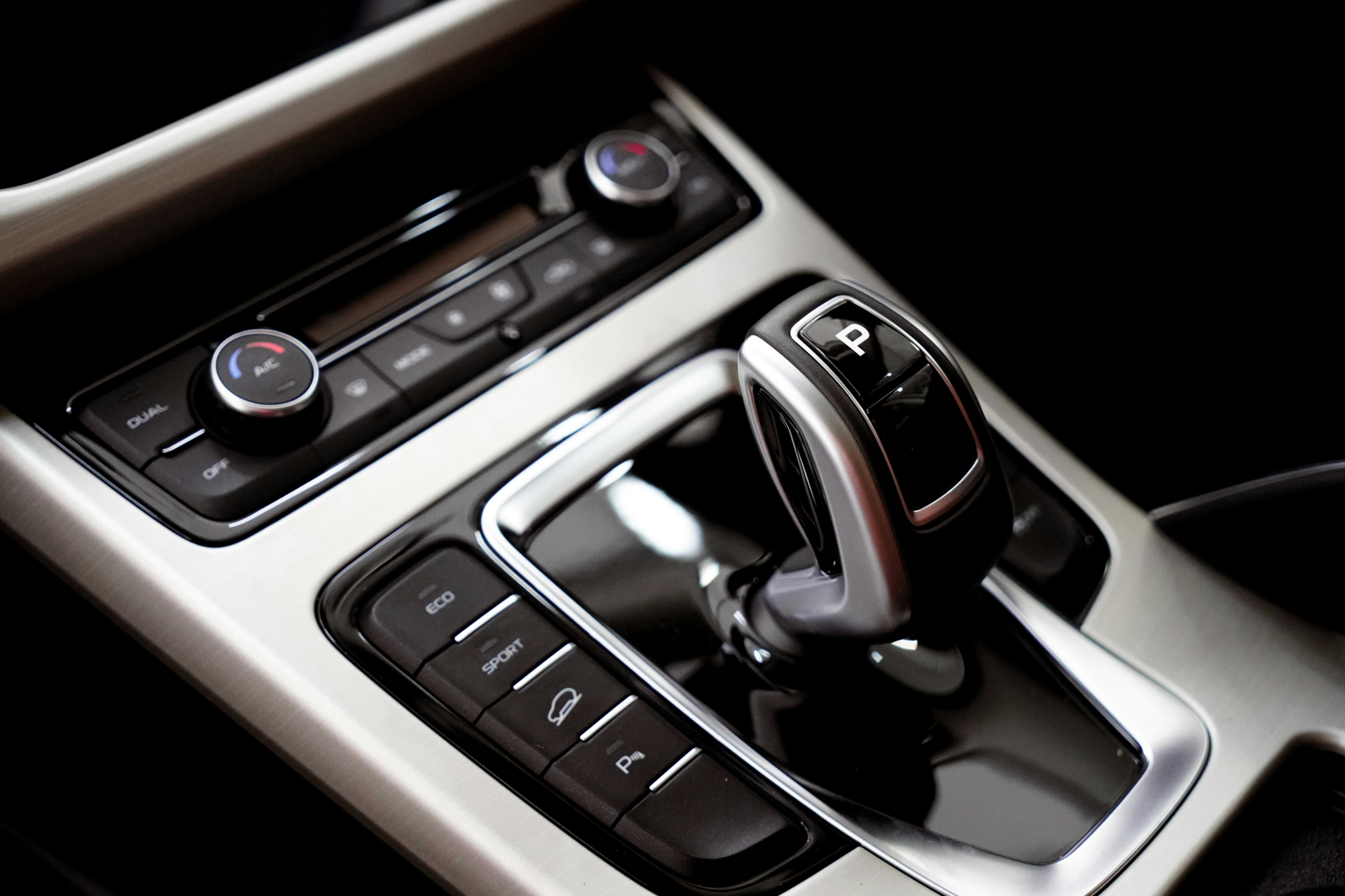
1. **Stick-on Car Components**Ah, the classic attempt to inject some high-performance swagger into a mundane ride. We’re talking about the ubiquitous stick-on car components: fake vents and scoops, blatant knock-off performance badging, and the ever-present faux carbon fiber trim. They promise a sporty aesthetic, but in reality, they deliver absolutely nothing more than a temporary—and often regrettable—visual illusion.
Consider the genuine articles for a moment. Automakers like Subaru design high-performance models such as the WRX STI with functional hood scoops, specifically engineered to grab more air for a reason. The mid-engine C8 Corvette features scoops behind its doors for a similar, very real purpose. These are not merely decorative; they serve a critical function in performance and cooling. The $15 stick-on hoodscoops you can snag on eBay, however, are purely for aesthetics and nothing else.
These doodads are literally stuck onto your car with adhesive, and that’s precisely where their utility begins and ends. They just sit there, offering no practical benefit, until one day they either get ripped off by highway speeds or are intentionally removed, leaving behind a sticky, unsightly residue that’s a pain to clean. It’s a fleeting fantasy that quickly turns into a sticky mess.
Another egregious money-waster in this category is the knock-off automaker badging. We’ve all seen the $12 ‘M’ badge online, attempting to convince onlookers that a humble 325i is, in fact, an M3. Let’s be unequivocally clear: this badge does not come from BMW, and it delivers precisely zero performance benefit. It fools no one, save perhaps the owner themselves, into believing there’s a high-performance machine lurking beneath the veneer. The substantial price difference between a standard 3 Series and a true M3 isn’t just for the badge; it reflects a high level of engineering development, specialized components, and genuine performance capabilities.
And let’s not forget the adhesive-based pretend carbon fiber trim. For a mere six bucks, you can acquire plastic pieces designed to mimic carbon fiber, which you then stick around your dashboard’s HVAC vents. It’s an illusion that’s cheap, tacky, and instantly recognizable as fake to anyone with even a passing knowledge of automotive materials. Seriously, save your money and invest in a quality latte instead; it’ll provide far more satisfaction and won’t diminish your car’s credibility.
Read more about: Beyond the Hype: 10 Aftermarket Car Modifications You Should Strictly Avoid
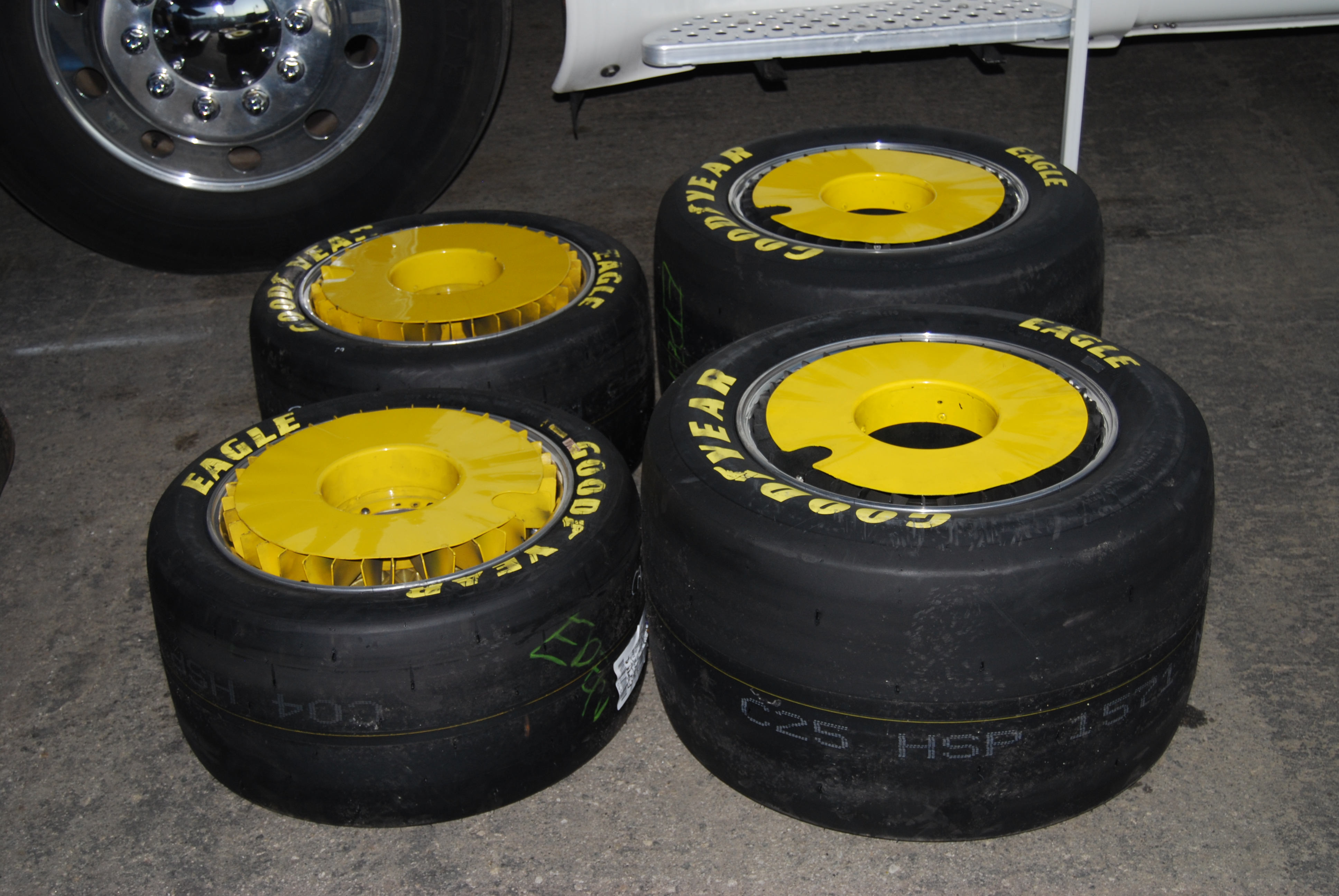
2. **Wrong-Sized Wheels and Tires**There’s no denying the visual impact of a high-end Porsche 911 riding on large, 20-inch wheels wrapped in sleek, low-profile tires. This look is incredibly popular, and for good reason: it adds a certain visual punch, and crucially, in the case of a Porsche, those wheels and tires have been meticulously engineered to deliver exceptional levels of performance and have been precisely designed to fit the car’s wheel wells without issue. This is engineering at its finest, where form meets function seamlessly.
However, this carefully calibrated balance completely vanishes if you decide to slap a set of those same 20-inch rims onto, say, a Honda Civic. Suddenly, you’re not enhancing performance or aesthetics; you’re introducing a litany of problems. You run a very real risk of the tires rubbing against the wheel wells, causing damage and creating an unpleasant driving experience. Furthermore, the associated low-profile tires, when paired inappropriately, will inevitably lead to a significantly harsher ride quality, transforming your comfortable daily driver into an unforgiving bone-shaker.
Beyond the ride quality, these tires are far more prone to damage. Their reduced sidewall height offers less cushioning, making them susceptible to punctures, bubbles, and outright failures from potholes or road debris. In the particularly dangerous scenario of stretching tires that are too small over oversized wheels, you dramatically increase the odds of epic, potentially catastrophic, failures on the road. This isn’t just about aesthetics; it’s about safety and durability.
Let’s not overlook the financial implications of such a misguided upgrade. A decent set of four name-brand 20-inch wheels will set you back at least $800, and even if you opt for low-cost tires, you’re looking at another $400. That’s a significant chunk of change for an upgrade that actively degrades your driving experience and introduces a host of potential problems. It’s a costly lesson in poor judgment.
Now, let’s pivot to the other end of the spectrum: knobby all-terrain tires fitted to vehicles that are primarily daily drivers. These types of tires are absolutely essential for specific applications, providing superior grip and traction in unpaved settings, such as off-road trails, mud, or deep snow. They are designed for rugged conditions and excel where standard road tires would fail. They serve a legitimate and vital purpose for serious off-road enthusiasts.
However, when your truck—say, a Black Widow F-150—is adorned with 20-inch rims mounted in massive 35-inch all-terrain rubber, and its primary duties involve shuttling kids to school and embarking on highway road trips, those specialty tires become nothing more than an expensive liability. They offer no practical benefit in these scenarios. Instead, they will wear out significantly faster than their regular all-season counterparts, generate excessive road noise, and likely reduce your fuel economy due to increased rolling resistance. Your car’s manufacturer designed it with a specific wheel and tire setup that optimizes its performance, efficiency, and longevity for its intended use. Don’t waste your money trying to ‘upgrade’ it with components that are wholly inappropriate for how you actually drive.
Car Model Information: 2021 Porsche 911
Name: Porsche 911
Caption: The 1 millionth 911 produced on display at Volkswagen Group Forum, Berlin
Designer: Ferdinand Alexander Porsche
Manufacturer: Porsche
Production: September 1964 – present
Assembly: Stuttgart,Baden-Württemberg
Class: Sports car
BodyStyle: unbulleted list
Related: unbulleted list
Layout: Rear-engine design,rear-wheel drive
Predecessor: Porsche 356
Categories: 1970s cars, 1980s cars, 1990s cars, 2+2 coupés, 2000s cars
Summary: The Porsche 911 model series (pronounced Nine Eleven or in German: Neunhundertelf, or colloquially Neunelfer) is a family of two-door, high performance rear-engine sports cars, introduced in September 1964 by Porsche of Stuttgart, Germany, and now in its eighth generation. All 911s have a rear-mounted flat-six engine, and usually 2+2 seating, except for special 2-seater variants. Originally, 911s had air-cooled engines, and torsion bar suspension, but the 911 has been continuously enhanced, and evolved across generations. Though the 911 core concept has remained largely unchanged, water-cooled engines were introduced with the 996 series in 1998, and front and rear suspension have been replaced by Porsche-specific MacPherson suspension up front, and independent multi-link rear suspension.
The 911 has been raced extensively by private and factory teams, in a variety of classes. It is among the most successful competition cars. In the mid-1970s, the naturally aspirated 911 Carrera RSR won world championship races including Targa Florio and the 24 Hours of Daytona. The 911-derived 935 turbo also won the 24 Hours of Le Mans in 1979. Porsche won the World Championship for Makes in 1976, 1977, 1978, and 1979 with 911-derived models.
In a 1999 poll to determine the Car of the Century, the 911 ranked fifth — one of two in the top five that had remained continuously in production (the original Beetle remained in production until 2003). The one millionth example was manufactured in May 2017 and is in the company’s permanent collection.
Get more information about: Porsche 911
Buying a high-performing used car >>>
Brand: Porsche Model: 911
Price: $126,995 Mileage: 8,629 mi.
Read more about: Beyond the Hype: 10 Aftermarket Car Modifications You Should Strictly Avoid
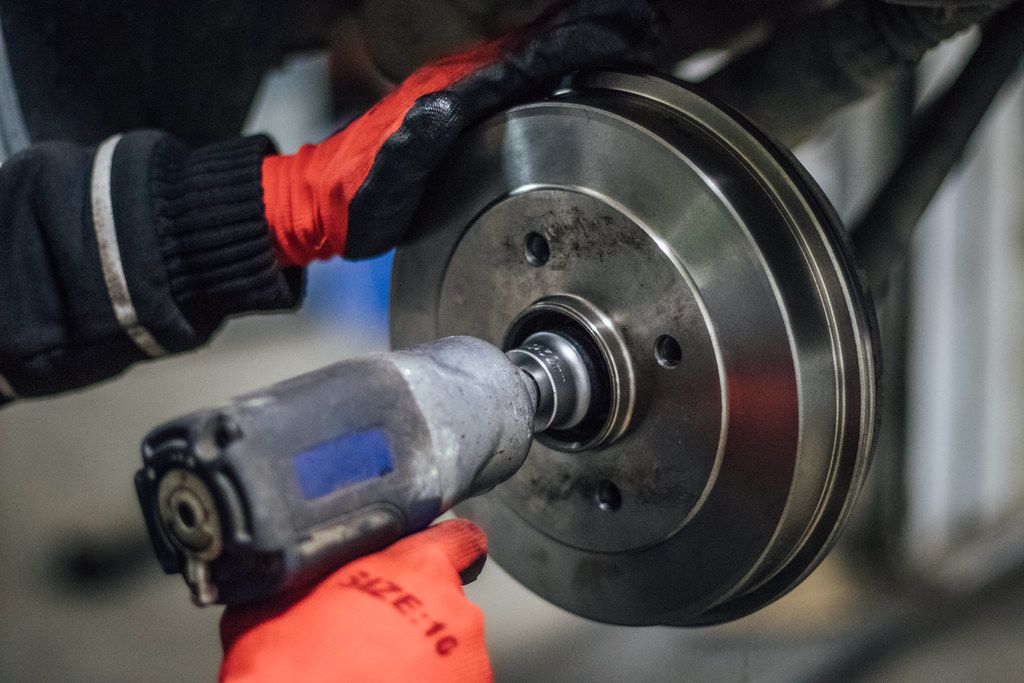
3. **Aftermarket Body Kits**If you’re looking for a surefire way to take a perfectly good car—especially a classic—and actively destroy its value with modern, often poorly conceived, upgrades, then fitting an aftermarket body kit is a top contender. The truth is, adding a generic body kit to almost any car is highly likely to have a negative impact on its resale value. These polarizing modifications are simply not for everyone; for every enthusiast who might appreciate the look, there are ten potential buyers who will be immediately turned off, seeing it as an expense to remove rather than an enhancement.
Beyond the aesthetic and financial hit, there are significant practical drawbacks, particularly with cheaply made body kits. That extra-low front fascia, a common feature of many aftermarket kits, is incredibly vulnerable. The first time you encounter a seemingly innocent speed bump, a steep driveway, or even an unexpected dip in the road, that flimsy fiberglass or plastic is highly likely to crack, shatter, or otherwise fail, leaving you with costly repairs and a visibly damaged car. Body kits themselves can easily run into thousands of dollars even before installation and paint, making these potential damages even more painful.
This isn’t to say all body kits are inherently bad. Far from it. But the key distinction lies in their design and purpose. If you’re going to consider a body kit, you should stick with factory-fitted versions, or those meticulously engineered by reputable performance houses. Take the Porsche 911 GT3 RS, for example. That car is literally laden with aerodynamic additions—massive wings, diffusers, and specialized fascias—all carefully designed to improve airflow, increase downforce, and enhance efficiency when the car is pushed to its limits on the track at high speeds. This intricate design is the result of untold hours of wind tunnel testing and precision engineering by experts. It’s a functional work of art.
However, slapping a replica ‘The Fast and the Furious’ style body kit onto your everyday Toyota Corolla is not, by any stretch of the imagination, ‘the same thing.’ There’s no performance benefit, no aerodynamic improvement, and certainly none of the engineering pedigree. What you get is a car that looks like it’s trying too hard, often with ill-fitting panels and questionable durability. The money spent would be far better allocated to genuine performance upgrades or simply maintaining the vehicle in its original, well-engineered state.
Read more about: Unlocking the A90 Supra’s Full Potential: Performance Mods That Keep Your Warranty Intact

4. **Aftermarket Scissor Doors**Aftermarket scissor doors—often affectionately, or derisively, known as ‘Lambo doors’ due to their association with Lamborghini—are an even more intense and often more regrettable modification than a generic body kit. When developed and integrated by a major auto manufacturer like Lamborghini, these iconic swing-up doors have their place. They are a signature design element, built into the vehicle’s original architecture, and engineered to function flawlessly as part of a high-performance, exotic package. There, they are a statement of extreme luxury and engineering.
That said, the notion of dropping over a thousand dollars, or often much more, to bolt scissor doors onto your Chrysler 300C, or any average sedan, truck, or SUV, is a fundamentally misguided endeavor. While they might look ‘cool’ in the abstract, their coolness factor quickly evaporates when they look horribly out of place on a vehicle that was never designed for them. The visual dissonance is often jarring, instantly telegraphing an aftermarket hack rather than bespoke elegance.
Beyond the aesthetic misstep, the functionality of aftermarket scissor doors is a stark contrast to their OEM counterparts. Factory-fitted scissor doors are typically motorized and elevate smoothly and effortlessly with the press of a button. Aftermarket modifications, however, rarely offer this level of sophistication. Instead, the driver must often manually lift the heavy doors into their upright position, a process that is not just a huge hassle but can also be quite strenuous and awkward. It turns a supposed ‘enhancement’ into a daily chore.
More critically, aftermarket scissor doors introduce significant safety and practical problems. Imagine trying to open these doors in a low-clearance parking garage or a tight spot; the angle of ascent can make entry and egress exceptionally difficult, guaranteeing awkward moments and potential dings. In the grim event of a car accident, particularly if the vehicle rolls over, aftermarket scissor doors can become a severe safety hazard. If they jam or cannot be fully opened, the driver or passengers might not be able to get out, potentially trapping them inside the vehicle during an emergency. Known for being heavy and notoriously hard to open, these wacky car upgrades offer little benefit and a host of potential downsides, not to mention the possibility of unfortunate parking garage fails and strained muscles. This is one modification where aspiration far outstrips practical reality.
Read more about: Truly Why Did They Disappear? The Resurgence of 14 Iconic Body Styles That Left the Production Line
5. **Aftermarket Spoilers**When it comes to enhancing your driving experience, some tech gadgets genuinely make an old car feel new and offer practical benefits. Think smartphone cradles for hands-free navigation, integrated Bluetooth systems for modern connectivity, or head-up displays for keeping your eyes on the road. Aftermarket spoilers, however, fall into a completely different category. More often than not, they will only succeed in making your old car look silly, creating annoying visibility problems, and potentially introducing post-installation woes like water leaking into the trunk, which no one wants.
Just like body kits, the function of an OEM spoiler is paramount. Factory-fitted spoilers are carefully designed and integrated. On high-performance cars, they can increase downforce, providing better grip and stability in track settings. For more pedestrian applications, a subtle OEM spoiler might improve airflow in the name of efficiency. Many new cars do indeed come with rear spoilers that are purely cosmetic, and it’s easy to understand why folks might be tempted by a bit of DIY action to mimic that look. But there’s a crucial difference: factory cosmetic spoilers are installed in a controlled setting with industrial-grade materials and precise engineering, minimizing the risk of issues.
Now, let’s talk about the aftermarket equivalent. The $82 wing spoiler you can purchase at a big-box store like Walmart is simply not in the same league. These budget-friendly options often come with outlandish claims: ‘reduced fuel consumption at high speeds,’ ‘increased vehicle mobility,’ or ‘enhanced competitiveness.’ Let’s be blunt: this is absolute nonsense. Such claims are baseless and designed to separate you from your money. Furthermore, installing these aftermarket spoilers frequently requires drilling into your car’s body, creating permanent holes that are ripe for rust and, as mentioned, water leaks into your trunk—a surefire way to introduce a host of new, expensive problems.
Of course, you *can* spend significantly more, perhaps nearly ten times as much, on genuine carbon fiber aftermarket spoilers. They come in a dizzying array of styles, from massive wings and ‘basket handles’ to manually-adjustable and ‘duckbill’ varieties. But here’s the kicker: the material cost or the specific style doesn’t change the fundamental issue. Aside from a highly subjective and often questionable personal aesthetic preference, an aftermarket spoiler remains one of the worst car upgrades you can make when it comes to wasting money. If it’s too big, it ruins the car’s entire appearance and adds unnecessary weight, becoming nothing more than a poorly conceived visual burden that offers no real-world advantage.
Read more about: Your Car, Their Rules? 15 Things Every Car Enthusiast Judges About Your Vehicle
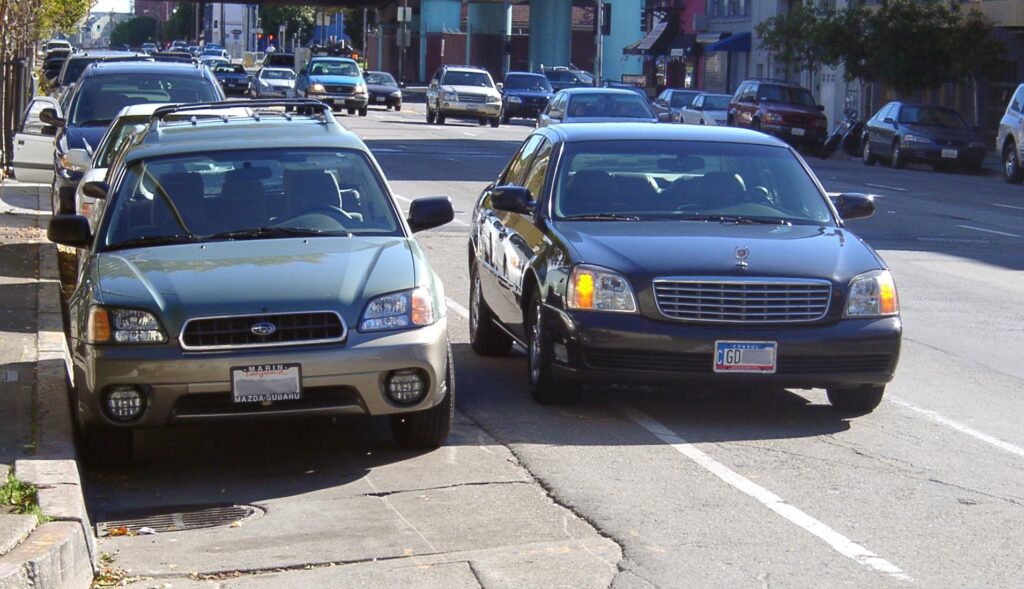
6. **Slammed or Jacked-Up Suspension**The modification of a car’s ride height is a modification many enthusiasts consider, whether it’s for a purely aggressive look or the promise of performance gains. Lowering a car can be done in various ways, ranging from the truly budget-conscious—like crudely chopping a couple of inches off the factory springs for minimal cost—to spending around $90 for a set of aftermarket lowering springs, or investing upwards of $1,500 on high-quality coilovers from reputable aftermarket manufacturers. It’s important to understand the distinctions within these options.
That third option, investing in high-end coilovers from reputable manufacturers, genuinely has its place in the world of car upgrades. For drivers who intend to regularly use their car on the track, or who seek a highly tunable and performance-oriented suspension setup, coilovers can offer significant benefits in handling and adjustability. However, the far more common and cheaper methods of lowering a car, such as simply reducing the height of your car’s factory springs, are almost universally a terrible idea.
This kind of cheap lowering scrambles the intricate factory engineering work that carefully paired the springs with the dampers. Automakers spend countless hours calibrating these components to work in harmony, providing optimal ride quality, handling, and safety. When you disrupt this balance with ill-matched springs, you open the door to all kinds of unexpected issues. The most immediate and noticeable consequences include drastically poor ride quality, transforming every bump into a jarring experience, and a significant hit to your vehicle’s resale value. Furthermore, slammed cars, especially those lowered incorrectly, are more likely to experience increased wear on other critical components, most notably the tires, leading to premature replacement and additional expense.
Now, let’s look at the other side of the coin: lifted suspensions, typically found on trucks and SUVs. Similar to high-end coilovers for performance cars, raising the suspension is a legitimate upgrade for serious overlander owners who truly push their vehicles off-road in challenging terrain. These modifications are designed to increase ground clearance, improve articulation, and accommodate larger, more aggressive off-road tires, all of which are crucial for extreme trail driving.
However, if your lifted vehicle is primarily destined for daily driver duties—commuting, grocery runs, and highway travel—then you’re better off not bothering. Full suspension lift kits can be incredibly costly, ranging from as little as $1,000 to an eye-watering $20,000, and often involve replacing most, if not all, of the factory suspension system. Aside from potential wear issues on driveline components, jacked-up suspensions introduce a host of practical problems. Entry and exit become a difficult climb, ride quality often degrades significantly on paved roads, and navigating parking garages or drive-thrus can become a literal headache due to reduced clearances. For the vast majority of drivers, this kind of car upgrade is an expensive and largely unnecessary modification that offers more drawbacks than benefits.
Read more about: Beyond the Hype: 10 Aftermarket Car Modifications You Should Strictly Avoid
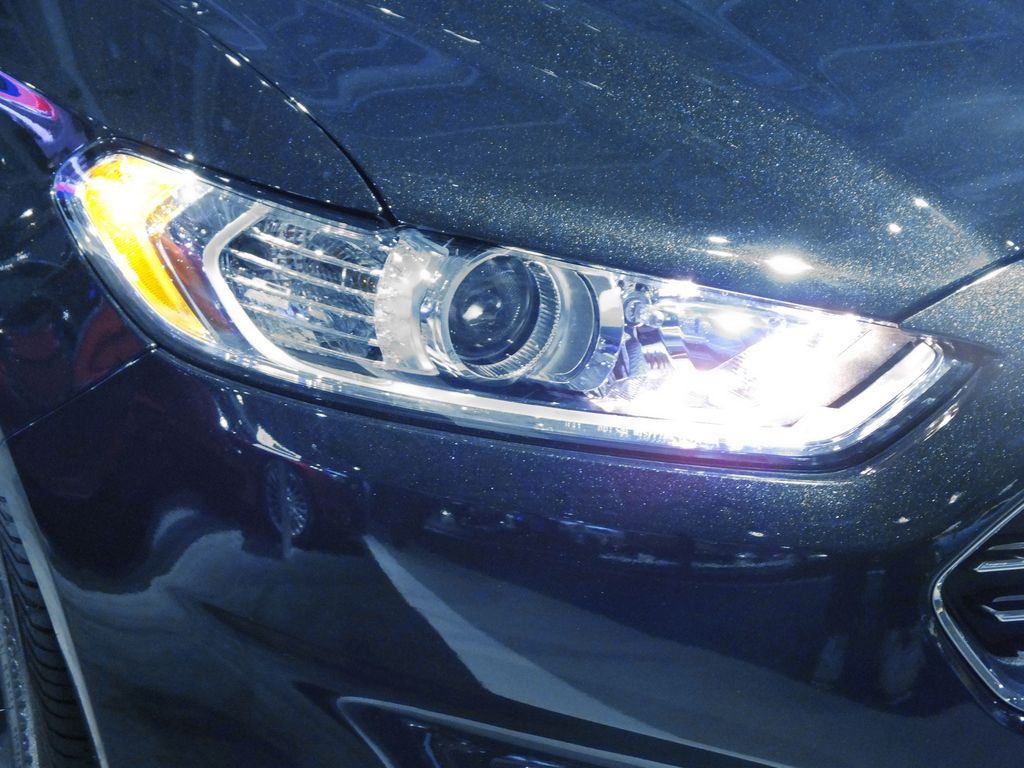
7. **Aftermarket LED Headlights**Let’s clear the air right from the start: factory-fitted LED headlights, designed and installed by a car manufacturer, are a genuinely good thing. When properly engineered and integrated into the vehicle’s electrical system and optical design, they offer superior illumination, longer lifespan, and energy efficiency. These are meticulously designed components that enhance safety and visibility without compromising other drivers’ sightlines. However, there is a critical distinction to be made: adding aftermarket LED headlight bulbs into an Original Equipment Manufacturer (OEM) housing that was originally designed for conventional halogen bulbs is an entirely different, and problematic, endeavor.
It’s true that aftermarket LED bulbs might initially appear to improve your own driving visibility due to their brighter, whiter light output, and they could potentially reduce a car’s energy expenditure compared to older halogens. These perceived pros are often what entice buyers. However, it’s crucial to understand that these benefits are heavily outweighed by a significant list of cons that make this a truly bad modification, impacting not only your driving experience but also the safety and comfort of everyone else on the road.
The core issue lies in the optics. Halogen headlight housings are designed to focus the light emitted by a halogen bulb’s specific filament position and light pattern. When you insert an LED bulb into this housing, its light-emitting diodes are in a different position and emit light in a different pattern. The housing simply cannot properly focus this light. The result? The light scatters indiscriminately, creating excessive glare. This means that, more often than not, your ‘improved’ LED headlights will blind oncoming drivers and those in front of you, creating a dangerous situation and making you an annoyance on the road. Beyond the safety implications, this improper light distribution often ruins the car’s visual aesthetic, turning what was intended to be a crisp, modern light signature into a messy, unrefined, and frankly obnoxious glare. Stick with what the factory designed, or invest in a vehicle with proper OEM LED lighting.
While the previous section covered modifications that are largely a waste of money or simply degrade a car’s performance and aesthetics, the rabbit hole of regrettable upgrades goes even deeper. We’re now diving into a darker corner of the aftermarket world, exploring mods that are not only pointless but also outright scams, legally problematic, or genuinely dangerous. These are the modifications that can land you in serious trouble, both financially and with the law.
Don’t let the shiny packaging or persuasive online videos fool you; some upgrades come with hidden costs far greater than their purchase price. It’s about more than just looking cool; it’s about making informed decisions that protect your wallet, your safety, and your legal standing on the road. Let’s peel back the layers on these particularly dubious car enhancements, starting with some classic automotive snake oil.
Read more about: Unlocking the A90 Supra’s Full Potential: Performance Mods That Keep Your Warranty Intact
8. **Fuel Line Magnets**Ah, the fuel line magnet—a classic example of automotive snake oil peddled by opportunistic salespeople. The pitch is often alluring: these magnets supposedly “prepare” your car’s fuel for burning, promising to reduce pollution and simultaneously help the environment. It sounds almost too good to be true, doesn’t it? That’s because, quite frankly, it is.
Let’s be unequivocally clear: this entire concept is 100% false. Fuel line magnets do absolutely nothing to purify gasoline or reduce a car’s emissions. The claims are baseless, preying on well-meaning enthusiasts who genuinely want to improve their vehicle’s efficiency or environmental footprint. Your car’s sophisticated fuel system is designed to handle its job without magnetic intervention.
If you’re genuinely concerned about your car’s emissions or debris in the gasoline, there are legitimate solutions available. Consider making the switch to an electric vehicle for zero tailpipe emissions, or simply invest in a new, high-quality fuel filter to ensure your engine receives clean fuel. Don’t waste your hard-earned money on fuel line magnets; they are nothing more than a total scam.
Read more about: Shield Your Ride: Simple, Effective Ways to Banish Rust from Your Truck’s Undercarriage This Winter and Beyond
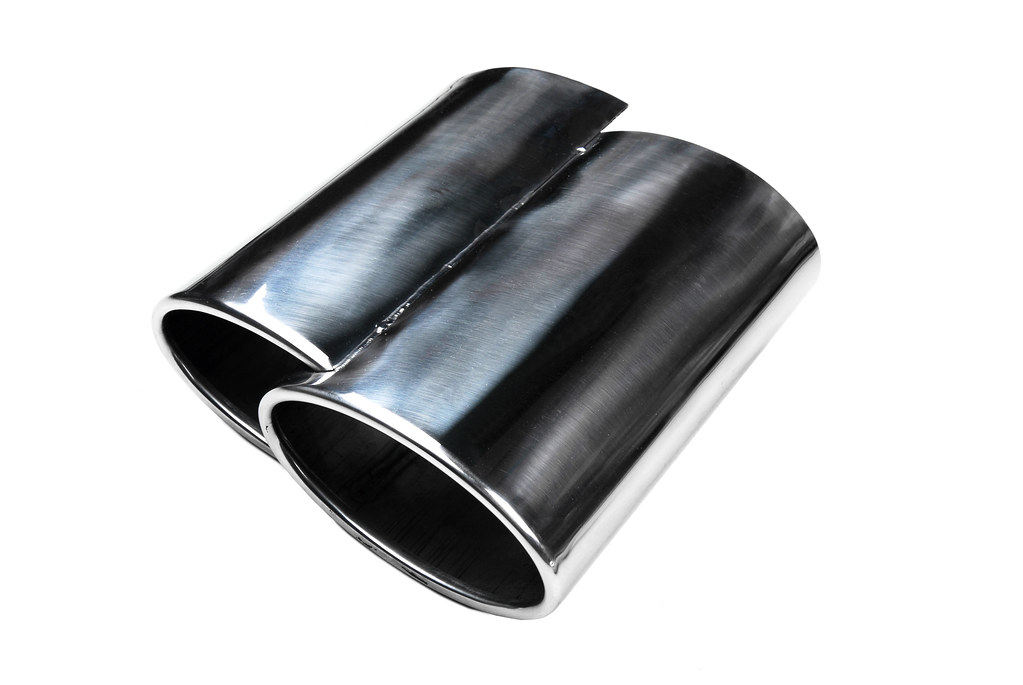
9. **Exhaust Whistle Tips**In the vast lexicon of car modifications, some are designed for performance, some for aesthetics, and then there are exhaust whistle tips. These are flashy and undeniably affordable, often marketed as a way to make your car “louder and more aggressive.” What they actually deliver, however, is a high-pitched whistling sound emanating from your exhaust pipe.
Functionally speaking, exhaust whistle tips serve absolutely no purpose beyond generating that distinctive noise. They don’t improve horsepower, torque, or fuel economy. They don’t enhance the vehicle’s handling or braking capabilities. Their sole contribution is an audible one, and for many, that contribution quickly becomes a nuisance.
Let’s be blunt: the only legitimate reason a car enthusiast might opt for this modification is if their primary goal is to annoy their neighbors and actively draw negative attention from law enforcement. These tips transform your vehicle into a rolling sound machine, and not in the “rumble of a V8” kind of way, but in a “nails on a chalkboard” kind of way. It’s an upgrade that actively subtracts from your car’s appeal.
Read more about: Unlock Your Potential: 15 Proven Breathing Techniques for Athletes to Conquer Anxiety and Boost Performance

10. **Spinner Hubcaps**For a brief, perplexing moment in the 1990s and early 2000s, spinner hubcaps enjoyed a flash of popularity. These peculiar modifications were designed to spin independently from the rest of the wheel, creating a bizarre optical illusion that some found visually pleasing. It was certainly a unique statement, but like many fleeting trends, its moment has long passed.
Today, the consensus among most car enthusiasts and casual observers alike is that spinner hubcaps are not only outdated but often come across as obnoxious and distracting. Their novelty has worn off, replaced by a general perception of tackiness. What might have once been seen as an attention-grabber is now more likely to induce an eye-roll.
More critically, for anyone still considering these relics, it’s vital to be aware that spinner hubcaps are actually illegal to sell in the United States. Many states began cracking down on them in the mid-2000s, recognizing their potential to create visual confusion for other drivers. While a driver might not face arrest for having them installed, they are almost certainly looking at a hefty fine. This is a mod that offers no benefit and carries a genuine legal risk.
Read more about: Beyond the Hype: 10 Aftermarket Car Modifications You Should Strictly Avoid
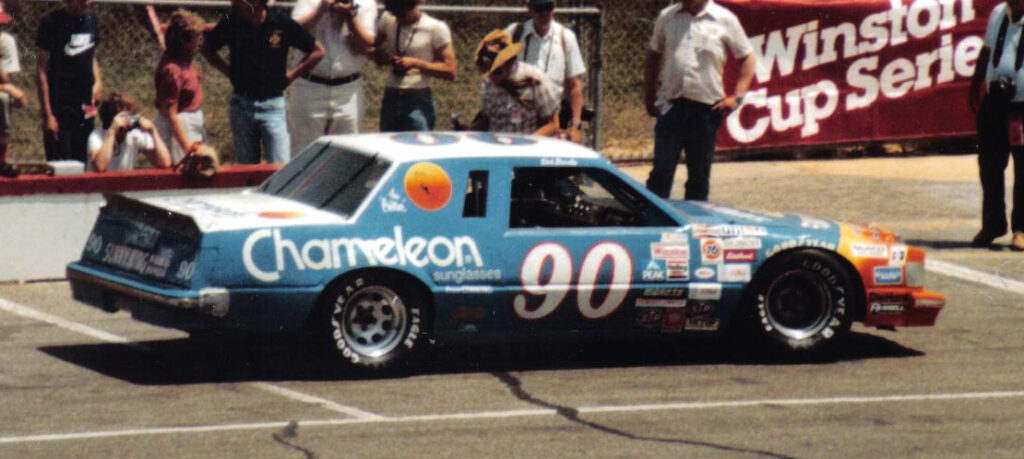
11. **Chrome Wraps**Car enthusiasts often love to personalize their prized vehicles with unique paint designs and wraps, transforming their ride into a rolling canvas. However, when it comes to chrome wraps, this is one exception where creativity severely backfires. While it might seem like a bold statement, the practical downsides are considerable, making it a truly bad idea.
For starters, chrome wraps are notoriously unforgiving when it comes to imperfections. Every tiny scratch, ding, or blemish on a chrome car is drastically more noticeable than on a vehicle with traditional paint or a matte wrap. What might be a minor scuff on another finish becomes an glaring eyesore on chrome, leaving your car looking perpetually less than pristine.
Beyond the aesthetic fragility, chrome is also a significant safety hazard. Its highly reflective surface bounces light far more intensely than other colors, which can blind oncoming drivers and those following you, creating dangerous glare. Combine this with the often-perceived “tacky” look, and you have a modification that actively diminishes both safety and visual appeal. A chrome wrap mod is a bad idea all around, delivering only headaches and potential hazards.
Read more about: Modernizing Your Ride: A 10-Step Blueprint to Electronic Fuel Injection Conversion for Classic Cars
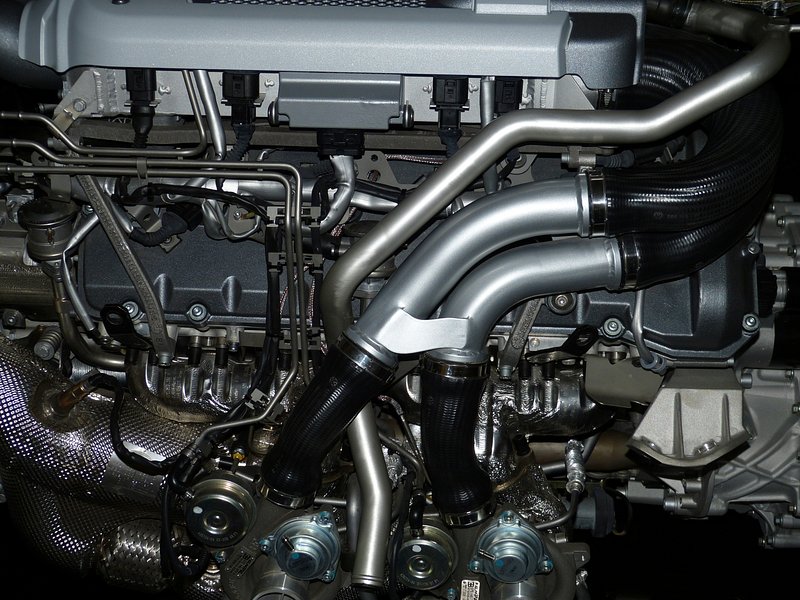
12. **Loud Exhaust Systems**In the age of social media car culture, it’s easy to fall prey to the allure of a “straight-piped Beast Mode exhaust dream.” Thousands of enthusiasts share their builds online, often showcasing deafening exhaust notes, without ever mentioning the potential consequences. However, what looks and sounds cool in a viral video might be breaking multiple laws in your state, leading to a harsh reality when tickets start piling up.
States like California, with Vehicle Code 27150, don’t mess around when it comes to excessive vehicle noise. This isn’t just about subjective annoyance anymore; cities are actively deploying sound-detecting cameras that can automatically ticket vehicles with loud exhausts. This means you don’t even need a cop to pull you over; your car’s decibels can trigger an automated fine, straight to your mailbox.
Furthermore, ignoring community impact can turn a simple mod into a full-blown legal nightmare. Noise complaints from your neighbors can escalate quickly, drawing unwanted attention from local authorities and potentially leading to more severe penalties than a simple ticket. A loud exhaust system, far from making your car more impressive, can quickly transform it into a source of constant legal and social aggravation.
Read more about: Unlocking the A90 Supra’s Full Potential: Performance Mods That Keep Your Warranty Intact
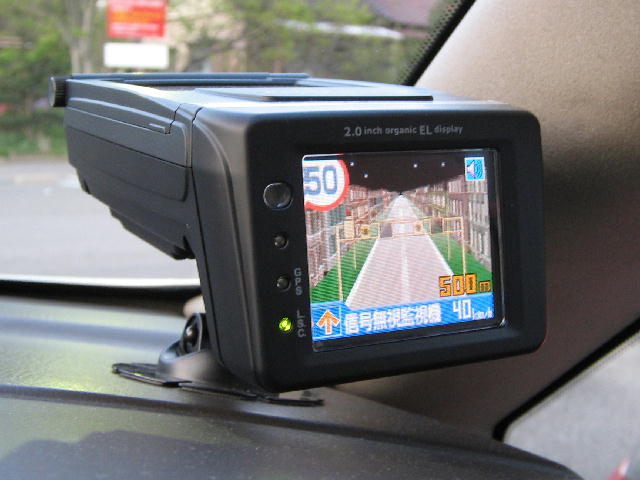
13. **Radar Jammer Devices**When it comes to avoiding speed traps, some drivers seek out technology to give them an edge. Radar detectors, which passively alert you to police radar, are legal in most states. However, radar *jammers* are an entirely different and far more problematic beast. While some are cleverly disguised as innocent-looking USB chargers or power inverters, federal law and FCC regulations are crystal clear: they are illegal, and your stealthy approach won’t matter.
Unlike detectors, which merely listen for radar signals, jammers are designed to actively interfere with police radar equipment. They emit their own signals to confuse or block the speed-measuring devices used by law enforcement, essentially making your vehicle invisible to their speed guns. This active interference is precisely what makes them so illegal.
The legal repercussions for owning or operating a radar jammer can be severe, involving hefty fines and potential confiscation of your device and even your vehicle. The “buyers beware” principle applies here with extreme prejudice. Don’t confuse these with legal radar detectors; a jammer is a direct challenge to law enforcement capabilities and will land you in serious trouble.
Read more about: Steering Clear of Trouble: 15 Everyday Car Customizations Banned in Major US States, and What It Means for You
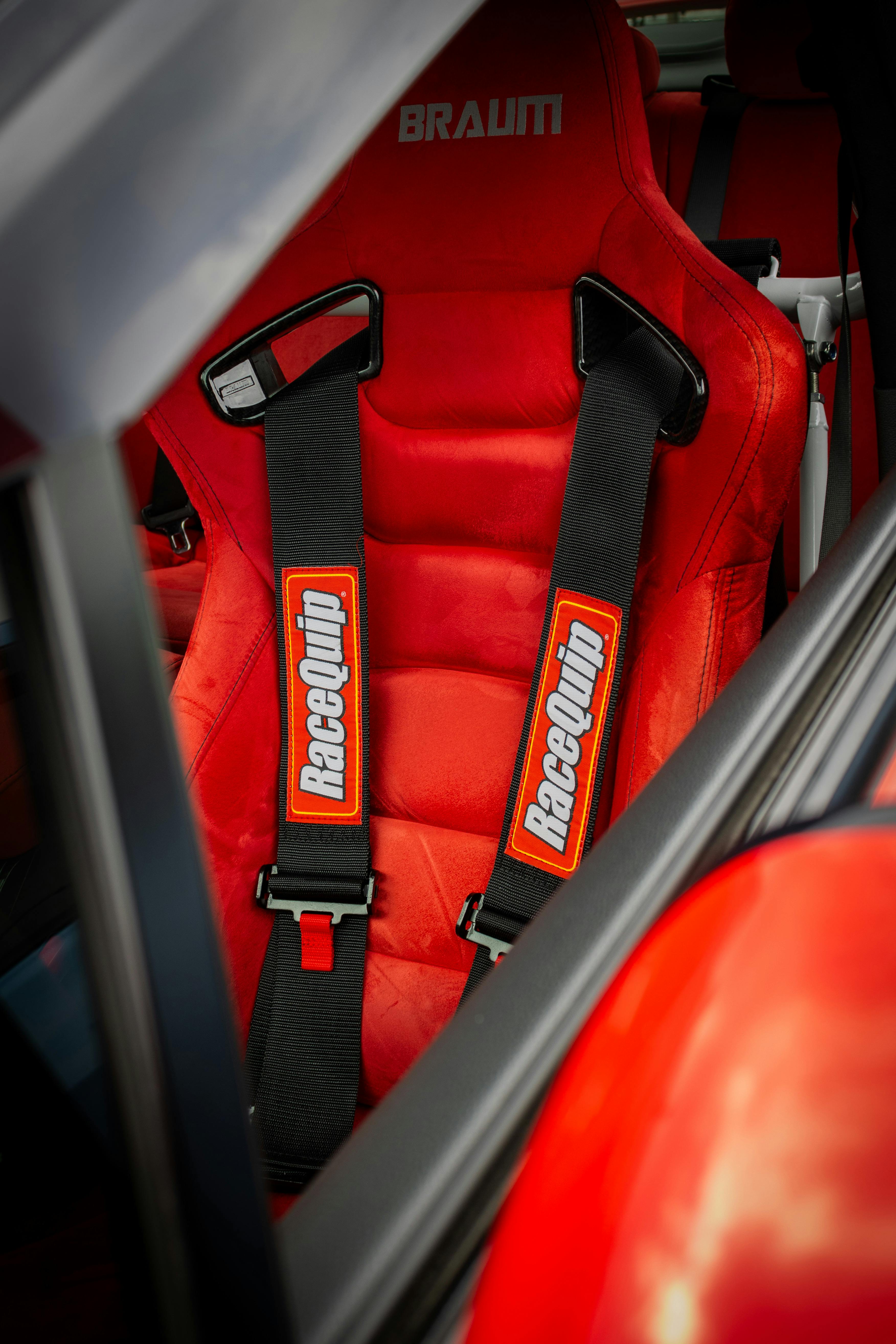
14. **Modified Seatbelt Systems**Finally, we arrive at a modification that, while perhaps less visually flashy, is among the most reckless and dangerous you can undertake: tampering with your vehicle’s seatbelt systems. In the pursuit of custom aesthetics or perceived comfort, some individuals modify or replace factory-installed seatbelts, often unaware of the profound safety implications and devastating financial consequences.
Your car’s seatbelt system is a meticulously engineered piece of safety equipment, designed by manufacturers to perform under immense stress in the event of a collision. It’s integrated into the vehicle’s overall safety cell to work in harmony with airbags and crumple zones. Any modification to this critical system can compromise its integrity, rendering it ineffective when you need it most.
Beyond the catastrophic physical risks, the financial fallout of modified seatbelts can be equally devastating. Insurance companies routinely deny claims when accidents involve vehicles with tampered seatbelts, leaving drivers completely unprotected financially and physically. This means not only will your injuries likely be more severe, but you could also be solely responsible for all medical bills and vehicle damage. This isn’t just a “bad mod”; it’s a potentially life-altering mistake.
Read more about: Hidden Gems of the Highway: 14 Classic Cars That Revolutionized the Road and Then Vanished from Memory
As we’ve journeyed through these 14 dubious modifications, a clear theme emerges: the line between genuine enhancement and regrettable alteration is often drawn by functionality, safety, and legality. From purely aesthetic fads that degrade your car’s value to outright scams and dangerous, illegal modifications that jeopardize your well-being and freedom, the aftermarket world is a minefield. The enthusiasm for customizing your ride is understandable, but true automotive wisdom lies in discerning which upgrades genuinely add value and which ones you should seriously think twice about before ever installing. Choose your modifications carefully, and keep your focus on genuine improvements rather than costly mistakes.

